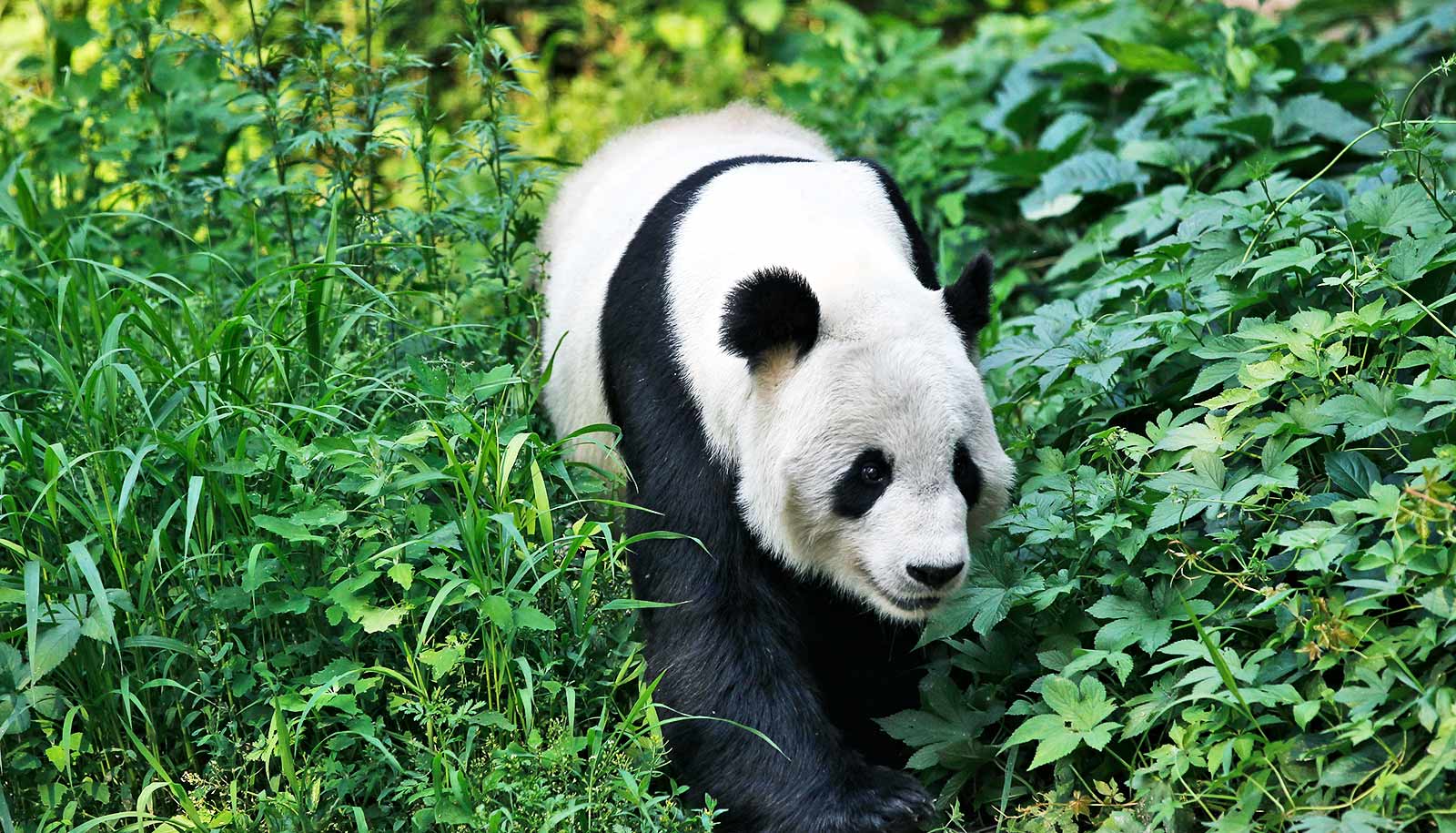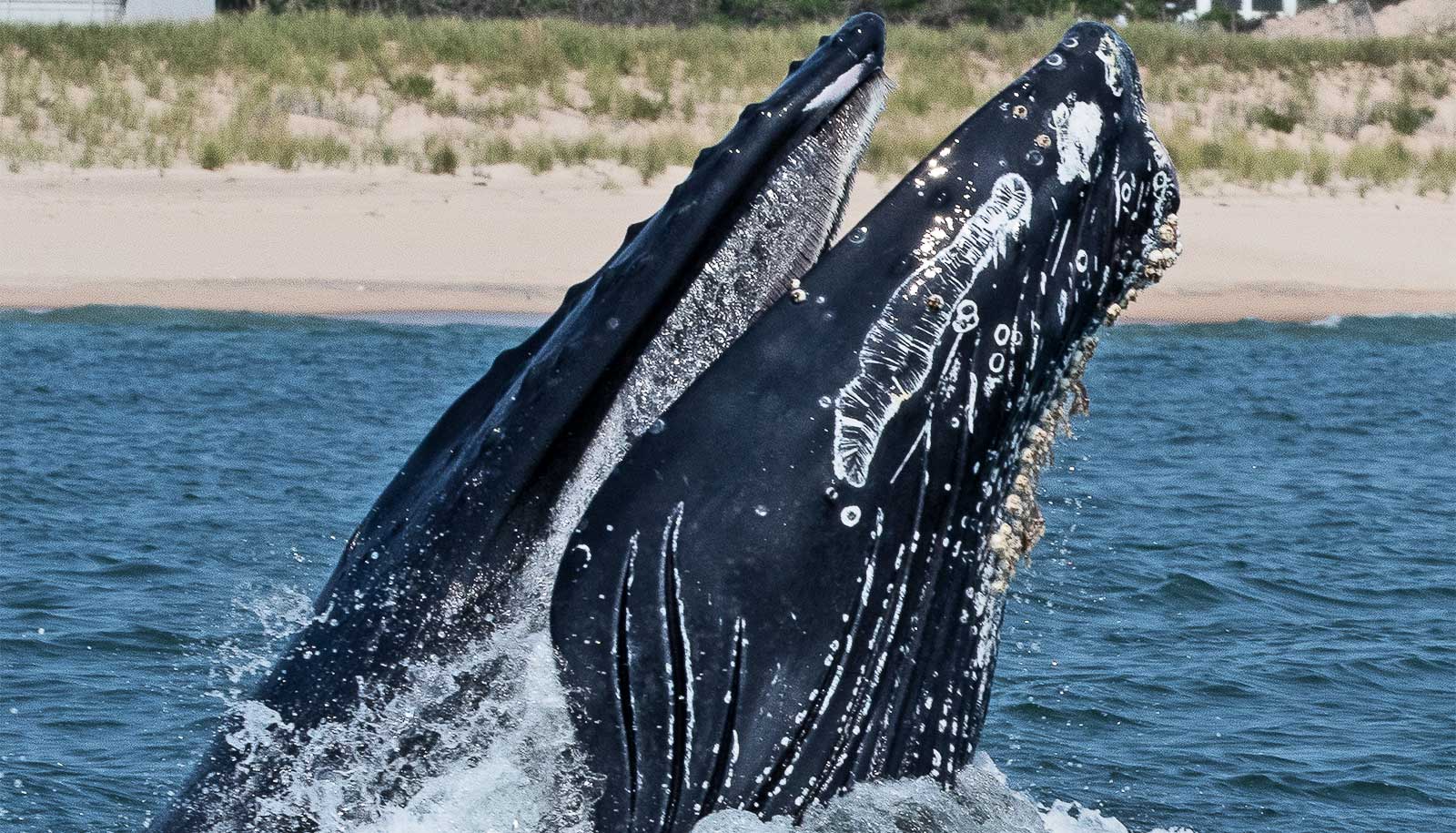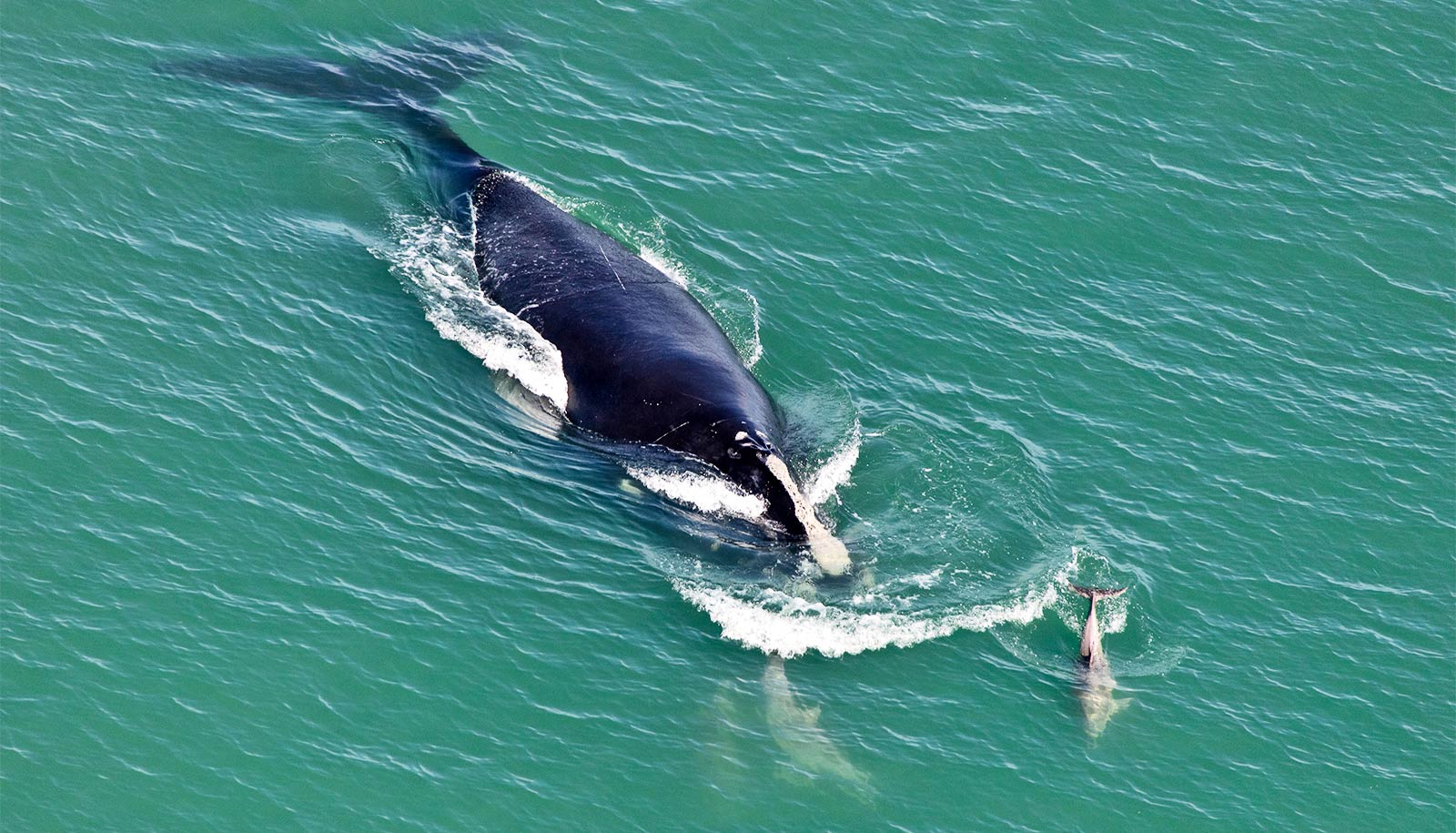The giant panda’s habitat is smaller and more fragmented than when it landed on the endangered species list, despite recently growing population numbers, a new study shows.
The study used geospatial technologies and remote sensing data to map recent land-use changes and the development of roads within the panda’s habitat.
“The International Union for Conservation of Nature (IUCN) has recently changed the status of the giant panda from ‘endangered’ to the less threatened ‘vulnerable,'” says Stuart L. Pimm, professor of conservation ecology at Duke University’s Nicholas School of the Environment. “This was based on the increasing numbers, which are a very encouraging sign, of course.”

“But what my colleagues and I wanted to know was how the panda’s habitat has changed over the last four decades, because the extent and connectivity of a species’ habitat is also a major factor in determining its risk of extinction,” Pimm says.
The team, which Zhuyan Ouyang and Weihua Xu of the Research Center for Eco-Environmental Sciences at the Chinese Academy of Sciences led, used satellite imagery to examine changes across the panda’s entire geographic range from 1976 to 2013.
“We found complex changes,” Xu says. “Habitat decreased nearly 5 percent from 1976 to 2001, but has increased since. However, the average size of the habitat patches decreased by 23 percent from 1976 to 2001. It has increased only slightly since.”
Study coauthor Jianguo Liu of Michigan State University, who began studying the human and natural forces driving habitat loss in the panda’s geographic range in 1996, notes that some of the changes that have occurred in the region are encouraging.
Efforts to save China’s pandas could rescue other species
“Banning commercial logging in natural forests, establishing nature reserves, and helping residents in the reserve change behaviors that damaged habitat has been beneficial,” says Liu, who published Pandas and People (Oxford University Press, 2016) last year with four other authors of the new study. “But conservation is a dynamic process with humans and nature in a constant push and pull to survive and thrive, so new solutions always are in demand.”
Other changes, though highly beneficial to the region’s human population, present challenges from a conservation standpoint.
“The most obvious changes in this region since Professor Liu and his colleague Professor Zhiyun Ouyang first visited it together in 2001 have been the increase and improvement in roads and other infrastructure,” Pimm says. “These have been the major factor in fragmenting the habitat. There was nearly three times the density of roads in 2013 than in 1976.”
“We suggest several solutions,” Ouyang concludes. “One of the most important will be to establish protected corridors through which pandas can move to prevent their isolation into small and unsustainable populations.”
A National Natural Science Foundation of China grant; the Ministry of Science and Technology through a National Key Programme of Research and Development Project grant; the State Forestry Administration; the Worldwide Fund for Nature; and a US National Science Foundation grant funded the research.
Giant pandas are black and white for 2 reasons
The research appears in the journal Nature Ecology and Evolution.
Source: Duke University



